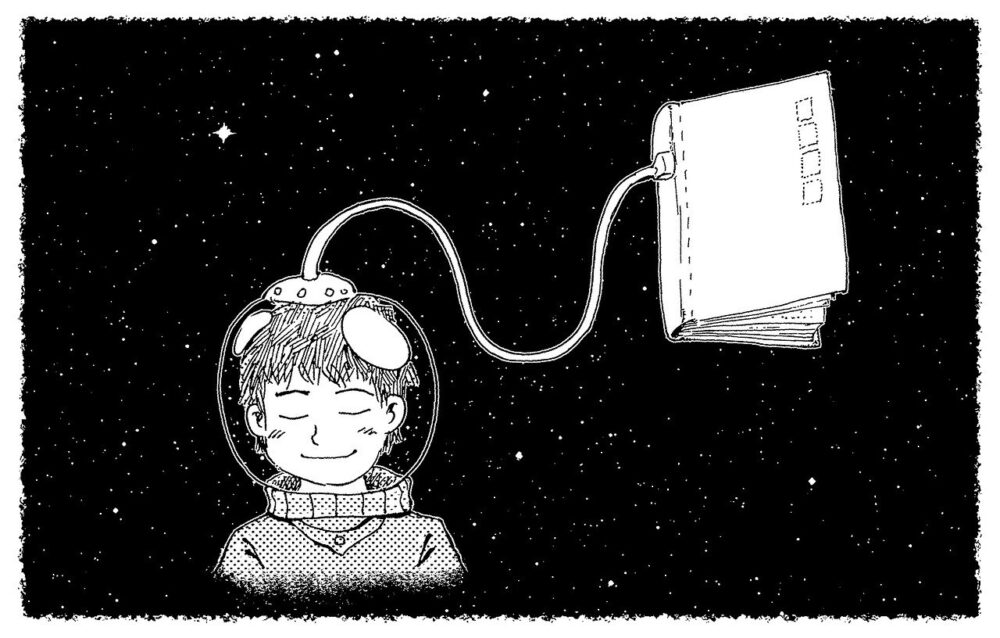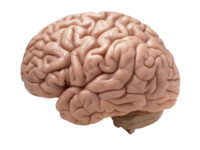Perhaps the most well-known theory of dreaming is Sigmund Freud’s; he believed that dreams were a look into our subconscious and served as a valuable tool to better understand the human psyche. Despite the domination of Freud’s ideas in most psychology courses, researchers remain divided on what exactly causes dreams — particularly whether or not they are a result of random brain activity or have a deeper meaning. In 1993, Kahn and Hobson proposed an idea called the self-organization theory of dreaming, a concept that dreams are simply a byproduct of the brain organizing itself during the rapid eye movement cycle of sleep.
“In simpler terms, it’s the human brain’s way of taking memories that arise during sleep and structuring them into a way that makes sense, thereby creating a dream.”
To better grasp this theory, the first concept to understand is the human sleep cycle. There are two basic types of sleep: rapid eye movement (REM) and non-rapid eye movement (NREM). People alternate between REM and NREM sleep multiple times a night, with NREM leading first and REM starting approximately 90 minutes after the individual falls asleep. As characterized by its name, REM sleep involves quick movement of the eyes behind closed lids. It’s critical to understand, because it’s believed to be the cycle in which dreams are more likely to occur. The occurrence of these dreams is possibly a result of increased activity in parts of the brain that are active during REM, such as those involved in motor, visual, emotional and autobiographical activity, but decreased activity in regions that regulate rationality.
The self-organization theory posits that during REM sleep, neuron signals are fired in a complex manner throughout the brain, which self-organizes to form a somewhat linear narrative. The belief is that a level of “consciousness” can emerge from a complex cerebral pattern network that’s created from activated memories. In simpler terms, it’s the human brain’s way of taking memories that arise during sleep and structuring them into a way that makes sense, thereby creating a dream. Oftentimes, the brain is in a state of weak control while dreaming, which includes changes in neural activity and lack of external stimuli, making it more prone to focus on activated memories and organize them into a “story.” One limitation of the brain in this capacity is that it can’t control which specific memories arise during sleep, potentially leading to chaotic and nonsensical dreams.
“In simpler terms, it’s the human brain’s way of taking memories that arise during sleep and structuring them into a way that makes sense, thereby creating a dream.”
While self-organization is less researched than other theories of dreaming, it has its unique strengths that serve as the foundation for its ideas. For example, it offers a potential explanation for why dreams are often quickly forgotten. Because of the weak control that the brain has during self-organization dreaming, the story is just a temporary combination of memories. When the individual wakes up and the brain is once again well-controlled, it’s much easier to forget what happened in the less-controlled state. In addition, the theory also provides a possible reason for the nonlinear or discontinuous aspects of dreams. Since the brain is combining fragments of memories, it’s likely that these fragments won’t be perfectly connected to form a completely coherent story.
Dream theories go beyond just Freud and self-organization. Rosalind Cartwright’s threat simulation theory views dreams as a biological defense mechanism, in which people can simulate threatening events multiple times and use the repeated scenarios to their evolutionary advantage. On the other hand, the expectation-fulfillment theory postulates that when people can’t fully express their emotional arousals throughout the day, they discharge what didn’t come out at night through dreams. There are a number of other dream theories outside of these, including activation-synthesis and Carl Jung’s theory of dreams as direct mental expressions. With many ideas circulating about how dreams formulate and what they mean, it’s likely that these theories are not mutually exclusive and multiple theories overlap in the truth. As research continues to be funded and more ideas come to light, it’ll be fascinating to see which theory will come to dominate.
Sources:
Frontiers in Psychology (2018). DOI: 10.3389/fpsyg.2018.01553
Frontiers in Psychology (2016). DOI: 10.3389/fpsyg.2016.00332
Frontiers in Psychology (2013). DOI: 10.3389/fpsyg.2013.00408

